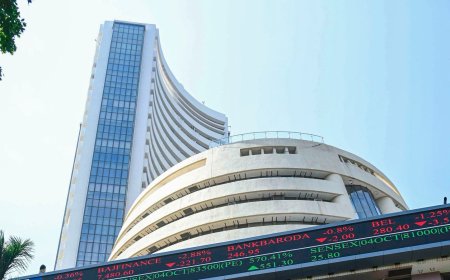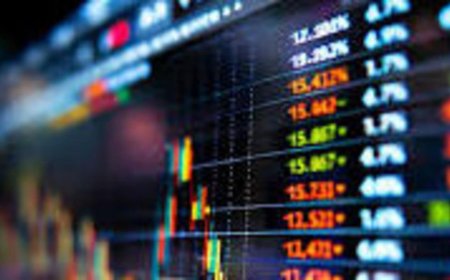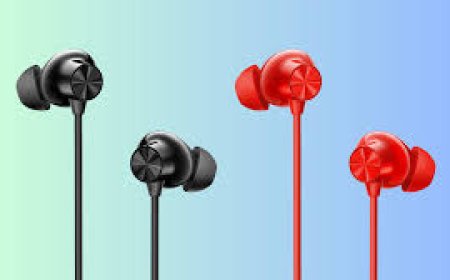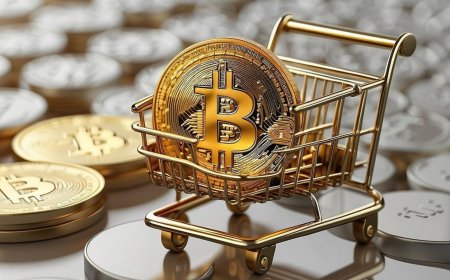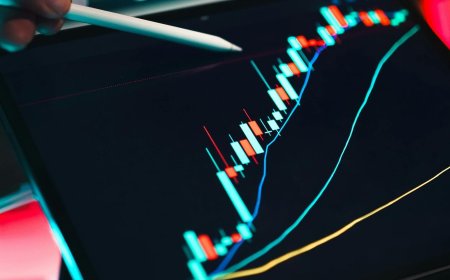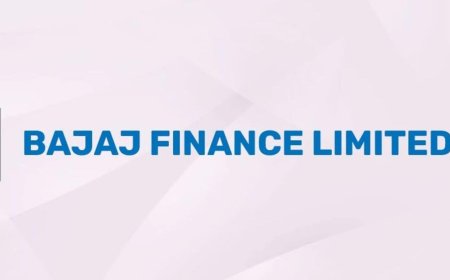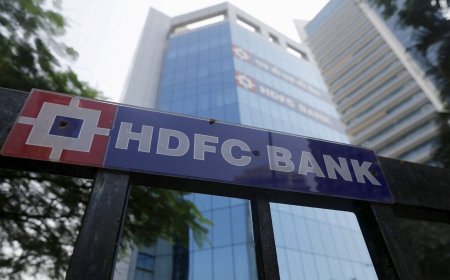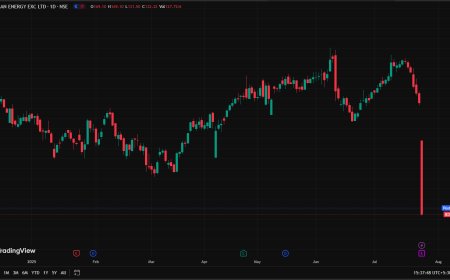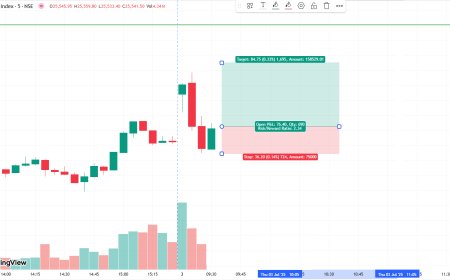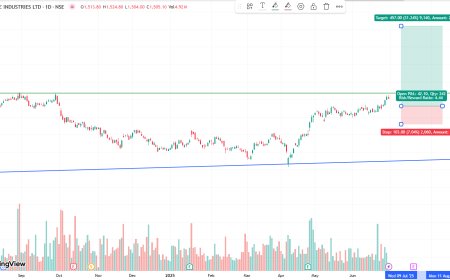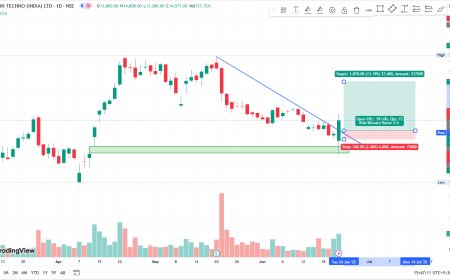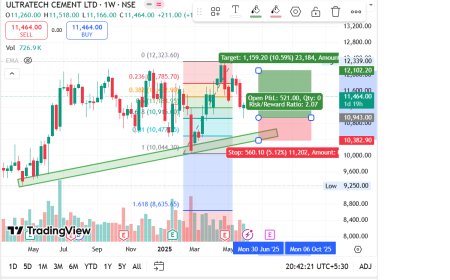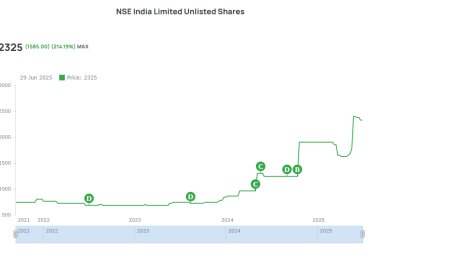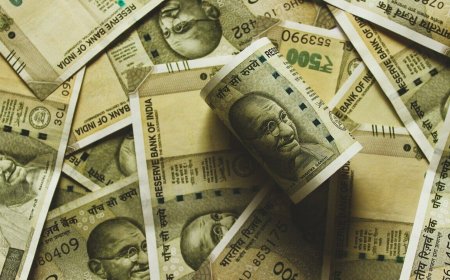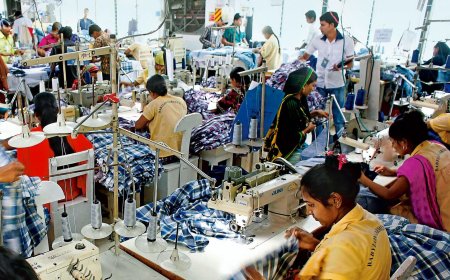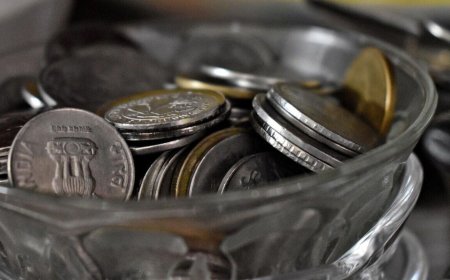U.S. Judge Approves Settlement Allowing NCAA Schools to Pay Athletes
A U.S. judge has approved a $2.8 billion settlement allowing NCAA schools to pay athletes, reshaping college sports. Learn what it means for athletes, schools, and investors.
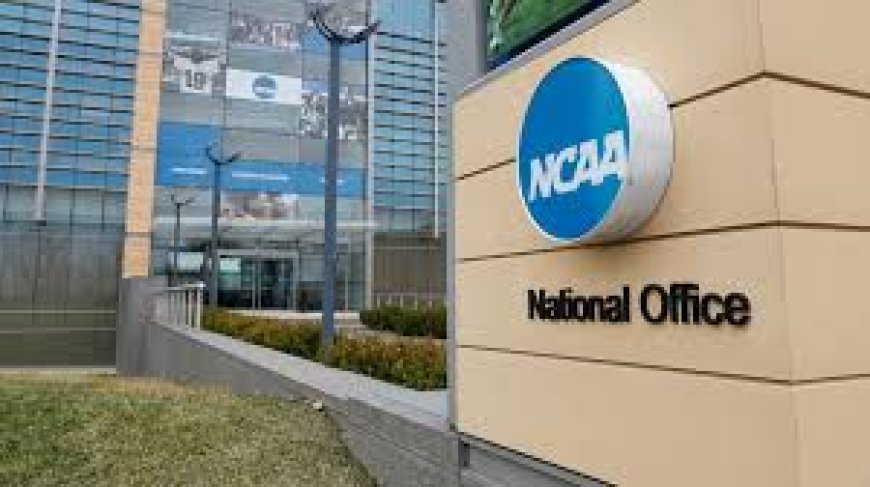
June 7, 2025 | By FinPolicy News Desk
In a groundbreaking decision set to redefine the landscape of college sports in America, a U.S. federal judge has approved a historic antitrust settlement that will permit NCAA schools to directly compensate student-athletes. This move marks a pivotal departure from the NCAA's long-standing amateurism model and sets a precedent that could transform the economics of collegiate athletics.
A Legal Milestone in College Athletics
The decision, handed down by U.S. District Judge Claudia Wilken in California, stems from a $2.8 billion settlement in the House v. NCAA antitrust lawsuit. The class-action case argued that student-athletes had been denied fair compensation for the use of their names, images, and likenesses (NIL), particularly in the context of media and licensing deals.
Judge Wilken, who has presided over several key NCAA-related cases, called the agreement "fair, reasonable, and adequate" and emphasized that it provides long-overdue justice to tens of thousands of current and former college athletes.
“This settlement represents a turning point in the balance of power between athletes and the NCAA,” said sports law analyst Daniel Greene of Loyola Law School. “It doesn’t just compensate past exploitation—it paves the way for a new financial model for college sports.”
What the Settlement Entails
Under the terms of the agreement, NCAA Division I schools will be permitted—but not mandated—to share revenue with athletes starting as early as the 2025–26 academic year. This revenue can come from television rights, ticket sales, and other streams that have traditionally benefited institutions and conferences, not players.
Estimates suggest athletes could earn between $10,000 to $30,000 annually, depending on the sport and school size, with some football and basketball players potentially receiving significantly more.
“This is not just about star quarterbacks,” noted Emily Carter, a sports economist at the University of Michigan. “We’re talking about equitable frameworks that benefit a wide range of athletes—track stars, swimmers, and even non-scholarship players in some cases.”
Market Context and Economic Ramifications
The decision comes as the college sports ecosystem faces immense financial pressure and changing public sentiment. The NCAA’s total annual revenue surpassed $1.3 billion in 2023, largely from media rights agreements such as March Madness and football bowl games. Yet, the players generating that value historically received no share of the proceeds.
Now, universities will have to rethink budget allocations, possibly diverting funds from coaching salaries, facilities, or administrative costs to athlete compensation.
“Expect tighter athletic budgets and leaner staff payrolls,” warned Chris Hill, a former NCAA athletic director and now an advisor at Collegiate Sports Advisory Group. “But this trade-off is necessary to avoid further litigation and keep the model sustainable.”
The National Labor Relations Board (NLRB) and Department of Justice have been closely monitoring the case. This ruling may embolden additional labor-related movements seeking to classify student-athletes as employees, which could lead to future unionization efforts.
A Ripple Effect Across the Industry
The ripple effects of this judgment are expected to stretch well beyond the NCAA. Broadcasting companies, apparel sponsors, and recruitment agencies are recalibrating their models to accommodate the new dynamics.
Television networks may now renegotiate contracts to include athlete compensation clauses. Meanwhile, recruiting dynamics are likely to shift, with top-tier athletes factoring in compensation potential alongside traditional decision points like playing time and coaching reputation.
Corporate sponsors may also redirect investments toward direct NIL deals, given the clearer financial ecosystem now surrounding athletes.
“It’s a great time to be an athlete and a complex time to be a brand,” said Jenna Marks, VP of Collegiate Partnerships at Nike. “Our engagement with athletes will become more personalized, and we’ll see more professional-style contracts at the college level.”
Investor Outlook: Watching the Shifts
Publicly traded media giants like ESPN (Disney), Fox Sports, and CBS (Paramount) may see short-term volatility as schools and conferences revisit deal terms. However, analysts remain bullish on long-term engagement.
“This move adds clarity and legal safety to a sector that was full of risk,” said Jason Fields, sports market strategist at Goldman Sachs. “Investors should monitor education-tech platforms, athlete management firms, and digital NIL marketplaces. These are poised for aggressive growth.”
Meanwhile, universities with strong donor bases and large fan support—think Alabama, Ohio State, and USC—may become even more dominant, attracting elite athletes through both legacy and pay.
Mid-tier schools may struggle unless they find innovative NIL strategies or form coalitions for financial parity.
The Dawn of a New Era
Judge Wilken’s approval doesn’t just mark the end of a lawsuit—it signals the beginning of a new economic order in college athletics. While many logistical questions remain—such as caps on earnings, tax implications, and Title IX compliance—the principle has been established: college athletes deserve a share of the billions they help generate.
In the years ahead, stakeholders will need to strike a delicate balance between preserving educational values and embracing the business realities of college sports. But for now, the gavel has come down, and with it, a century-old definition of amateurism.
What's Your Reaction?
 Like
0
Like
0
 Dislike
0
Dislike
0
 Love
0
Love
0
 Funny
0
Funny
0
 Angry
0
Angry
0
 Sad
0
Sad
0
 Wow
0
Wow
0




